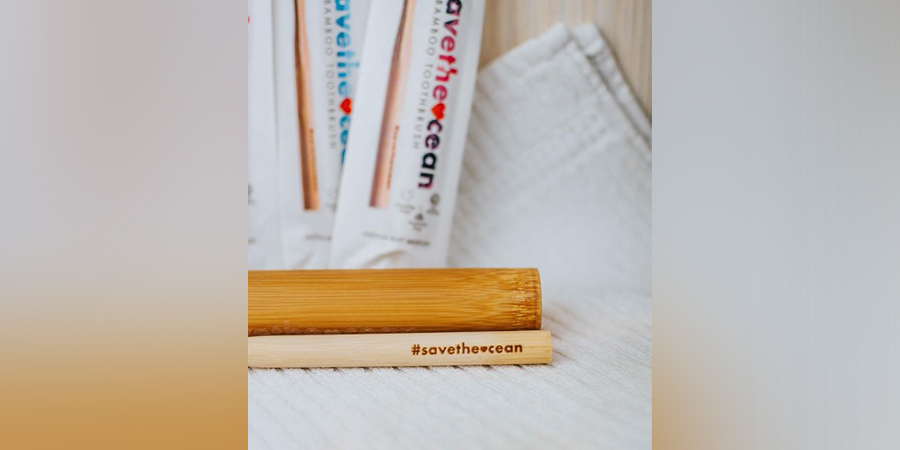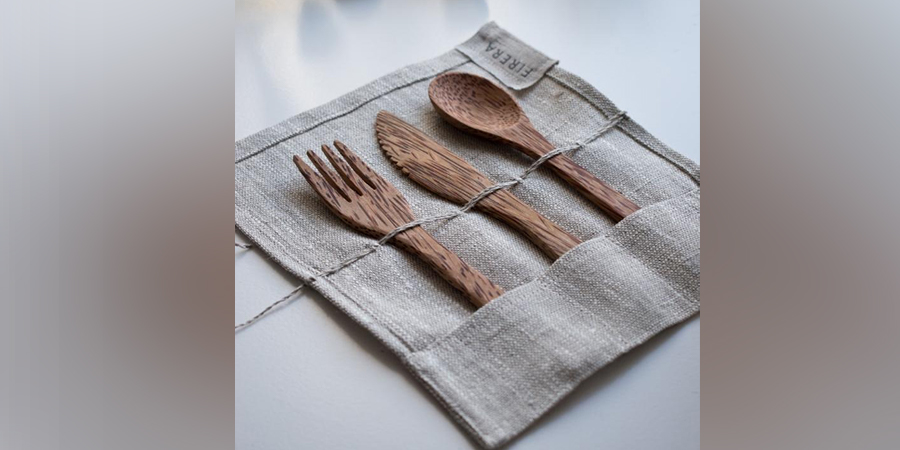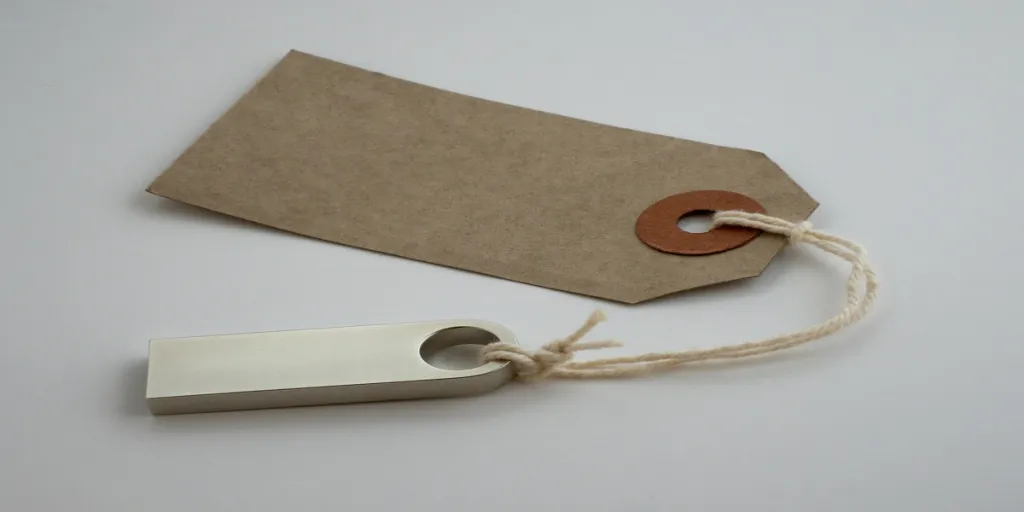Businesses and buyers are beginning to understand the importance of including eco-friendly options, especially when it comes to packaging. The reason is simple: Sustainability is a key issue in this day and age, especially for young, eco-focused consumers, with many claiming they would pay up to 10% more for eco-products. Retailers and wholesalers themselves are also beginning to recognize the need for compostable packaging options, as plastic waste generation in packaging is not only harmful to the environment but will soon be heavily taxed too. An example of this is the European Union, which in 2021 imposed a tax rate of €0.80 per kilogram of plastic packaging on companies.
Additionally, for those making the move to becoming green, profitability can be enhanced through increased financial incentives, including grants from governments and independent bodies, which offer motivation to invest in energy-efficient and green technologies and products. With these incentives, both in terms of greater profits from increased consumer interest and grants, as well as from avoiding heavy taxation, the recycled packaging trend is gathering steam. Companies as large as McDonalds have even pledged to use completely renewable, recycled packaging by 2025.
Overall then, consumer behavior, financial incentives, and environmental concerns are all pushing the ever-growing trend of eco-friendly packaging. But what exactly is eco-friendly packaging, and how can a business ensure that they offer the best options possible for their clients?
Table of Contents
What are the most eco-friendly forms of packaging?
How do I make sure my packaging is eco-friendly?
Where can a business buy eco-friendly packaging wholesale?
What are the most eco-friendly forms of packaging?
Virtually all business, whether e-commerce-related or not, is moving towards recyclability. Polyethylene, bubble wrap, styrofoam, and other materials are all being replaced with eco-friendly alternatives. Packaging waste has become a genuine threat to us all, with some options that were previously in circulation deemed catastrophic for the environment.
Thanks to their low cost and significant environmental benefits, many distributors have been switching to compostable plastics in recent years. In fact, a new process discovered by researchers at Berkeley, California in mid-2021 has enabled distributors to offer truly compostable packaging options to consumers for the very first time.
However, compostable plastics are not always suitable for all types of products, due to their sometimes prohibitive cost. For this reason, many wholesalers typically use corrugated cardboard instead, which provides reduced cost for a minimal reduction in benefits. Additionally, industries such as bottle shipping, a market that is expected to see growth in the next few years, generally use corrugated cardboard due to its increased rigidity, allowing for protection.
Here are a few other options considered safe by the Sustainable Packaging Coalition (SPC):
- Organic-based plastics: Defined as any plastic that comes from an organic source.
- Compostable plastics: Any form of biodegradable plastic, even if not necessarily organic.
- Unbleached paper-based packaging: Untreated paper packaging is acceptable too.
- Corrugated cardboard: Despite perception, corrugated cardboard is environmentally friendly.
- Certain types of plastic: When used with strict guidelines, closed-loop recyclable plastics can actually be effective in reducing a company’s carbon footprint.
- Mycelium-based packaging: While this may seem odd to some, this is packaging made from mushrooms.
- Other eco-friendly alternatives: seaweed packaging, packaging that you can plant, and even alternatives made from raw materials such as corn starch are acceptable options.
These options, while varied, do not represent the entirety of options for those businesses seeking to provide eco-friendly packaging. It is important to note that there are other forms of sustainable packaging available on the market. As long as the packing product is certified by the relevant sanctioning body, it can be considered eco-friendly.
How do I make sure my packaging is eco-friendly?
There are countless ecolabels on sustainable packaging. It is therefore extremely important that companies do due diligence when sourcing eco-friendly packaging materials. While well-known international certifications like Treehugger, BeGreen, and ECOmark show that products and packaging are eco-friendly, it is also a good idea to check your local regulations to ensure that the green products and packaging you import are compliant in your market. Buying trends are beginning to show that consumers are becoming more environmentally conscious. This means that offering sustainable packaging options is no longer an option itself, but a must.

Several trends have been developing in recent years in the world of eco-friendly commerce. Companies have been shifting towards recyclable options, with many massive corporate entities being forced to comply with new and pending regulations in 2022. This has led to optimized packaging designs, clearer labeling, and a shift toward bioplastic usage — a change that consumers seem to applaud with all their might.
Where can a business buy eco-friendly packaging wholesale?
Many forms of biodegradable packaging can be found on wholesale marketplaces, as these work to promote sustainability and provide direct links to manufacturers across the globe. The packaging can be bought in a location where the raw material is found, which means fewer carbon emissions in transporting the raw material to the manufacturer, thereby making it even more eco-friendly and more cost-effective.
Paper, for example, which is used in corrugated cardboard packaging, can be sourced from manufacturers in the Asia Pacific, which is considered the largest producer of this lightweight, eco-friendly packaging option. Corrugated cardboard is a rapidly growing packaging trend that businesses would be wise to adopt since its market worth is expected to double in value from 2021 to 2031 to US$ 357 Bn.
Compostable plastics are another option for eco-friendly packaging solutions which are seeing huge growth, expected to rise from $1.6 billion in 2019 to $4.2 billion by 2027. These types of plastics can be sourced from global manufacturers and are being extensively studied in the US and the Asia Pacific. Europe accounts for the highest revenue share, with increased demand being seen and governmental strategies being implemented. It is the LAMEA region that will see the biggest growth in production, however, due to the presence of sugarcane feedstock.
The ability to source eco-friendly packaging materials from a variety of locations across the globe means that businesses can follow the eco trend, help combat global warming, and save money by sourcing closer to home. Additionally, a global survey showed that even as far back as 2018, 81% of respondents felt that a move towards a greener future was a strong responsibility of major companies, with younger consumers more likely to buy a product if they felt it was sustainable. Partly in response to this, many businesses have made moves towards sustainability and sales are booming, as shown by the increase in market value for so many of these sustainable packaging manufacturers. All of these reasons certainly make a good argument for businesses to start sourcing eco-friendly packaging.

Conclusion
It is important to understand that there are profit-based reasons to go into sustainable packaging, on top of the other more obvious reasons around sustainability. Governmental pressures and incentives, such as taxation and grants, are going into effect to a greater degree globally. This means that if businesses follow the eco-packaging trend now, they can benefit from it, whereas if they wait they may lose out on grants and instead face the taxes.
Additionally, growing consumer interest in eco-focused products, with polls indicating that consumers are willing to pay up to 10% more for products they consider eco-friendly, show that the additional cost a business may spend on eco-friendly packaging does not have to translate into a loss, but could in fact mean a growing customer base and higher profits.
Finally, large companies are already moving into the eco-friendly packaging space, so the longer a business waits, the less interest they will attract when they do. Using eco-friendly packaging in a business today will show that your business is ahead of the curb and that it is listening to its customers. Eco-friendly packaging is the trend of today and of tomorrow.




